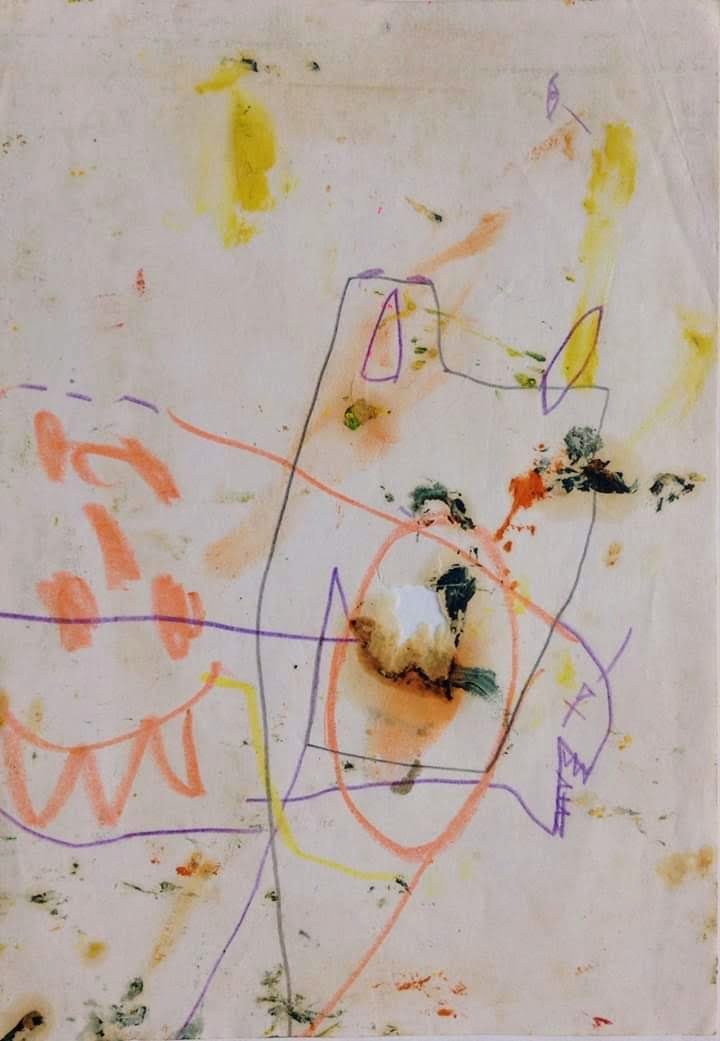Automatic writing and drawing initially explored by the surrealists can be compared to similar phenomena, such as non-idiomatic improvisation. This recurrent drawing series showcases the Surrealist automatism method, where the artist suppresses conscious control over the making process, allowing the unconscious mind to have great sway.
Early 20th-century Dadaists, such as Hans Arp, made some use of this method through chance operations.
“Pure psychic automatism” was how André Breton defined Surrealism, and while the definition has proved capable of significant expansion, automatism remained of prime importance in the movement.


Origins of the Method
Automatic drawing was pioneered by the English artist Austin Osman Spare who wrote a chapter, Automatic Drawing as a Means to Art, in his book, The Book of Pleasure (1913). Other artists who also practiced automatic drawing were Hilma af Klint, André Masson, Joan Miró, Salvador Dalí, Jean Arp, André Breton, and Freddy Flores Knistoff.
Throughout the drawings, evident violence is present in the traces that are intertwined with childhood symbols/scratches that together represent a memory of a primitive subconscious.

Surrealist artists adapted to art the automatic writing method of André Breton and Philippe Soupault who composed with it Les Champs Magnétiques (The Magnetic Fields) in 1919. The Automatic Message (1933) was one of Breton’s significant theoretical works about automatism.

